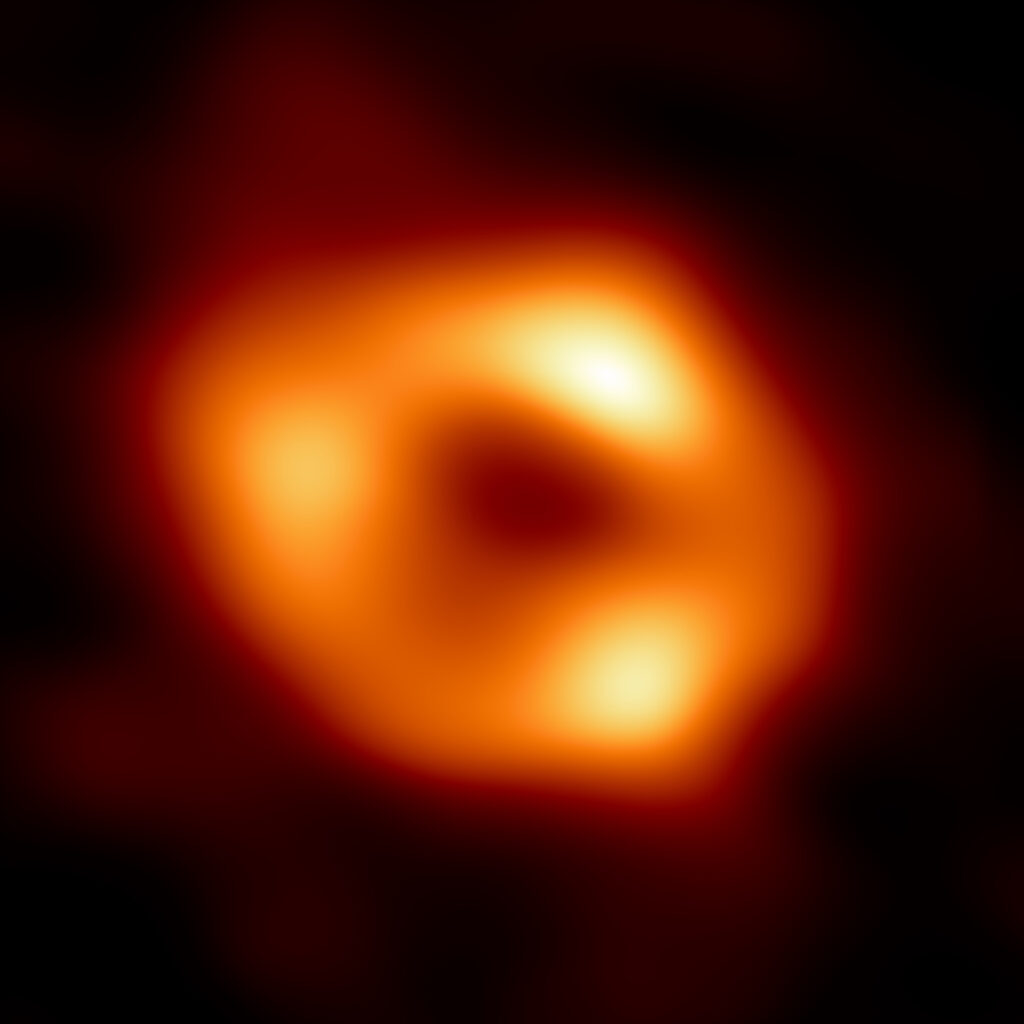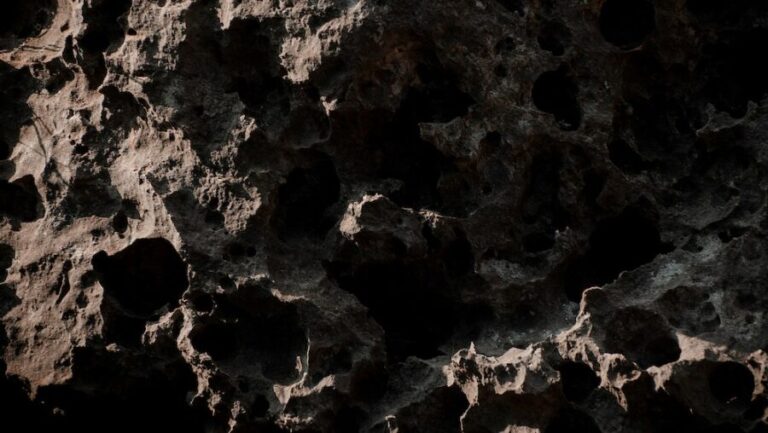
Audience
- Sentiment: Positive
- Political Group: Likely neutral or scientific community
- Age Group: Young adults and adults (20-50 years)
- Gender: Both genders equally likely
Overview
- Astronomers observed dynamic flares of light from Sagittarius A*, the Milky Way’s supermassive black hole, using the James Webb Space Telescope.
- The flares provide insights into black hole behavior and their role in galaxy formation.
- Continuous monitoring of these flares could help uncover important secrets about cosmic phenomena.
Astronomers Capture Dynamic Flares from the Milky Way’s Supermassive Black Hole Using the James Webb Space Telescope
Imagine standing in the middle of a bright, bustling city. Lights are flashing, cars are honking, and buildings are shimmering under the neon glow. Now, step back and think about a place much larger than any city, a place so vast that it holds not only our planet but entire galaxies. This extraordinary place is the universe, and sitting at the center of our galaxy, the Milky Way, is something incredible! It’s a supermassive black hole called Sagittarius A. Astronomers have recently captured some truly remarkable events unfolding around Sagittarius A using the James Webb Space Telescope, and their findings could help us understand the mysterious nature of black holes in a way we’ve never experienced before.
What is Sagittarius A*?
To best comprehend what’s happening around Sagittarius A, let’s start with what a black hole actually is. Black holes are regions in space where gravity is so strong that nothing, not even light, can escape. They form when massive stars collapse at the end of their life cycles. Somewhere in the heart of our Milky Way galaxy, approximately 26,000 light-years away from Earth, lies Sagittarius A, which is not just any black hole—it’s a supermassive black hole. Supermassive black holes can weigh millions or even billions of times the mass of our Sun! Think of it as an enormous cosmic vacuum that can pull in everything nearby.
The James Webb Space Telescope: A Marvel of Technology
Now, let’s talk about the tool that made these observations possible: the James Webb Space Telescope (JWST). Launched in December 2021, this telescope is the most powerful space observatory we have ever built. It’s like a time machine that allows us to look deep into space and see things that were previously invisible to us. The JWST can capture infrared light, a type of light that’s invisible to our eyes but can reveal the hidden details of the universe. It’s designed to study galaxies, stars, and planets, allowing astronomers to expand our understanding of what lies beyond our own solar system.
Flares of Light: What Did We Discover?
So why all the excitement around Sagittarius A*? Recent observations by a team of astronomers conducting research with the JWST revealed some fascinating phenomena: dynamic flares of light around the black hole. These flares are bursts of brightness that appear sporadically and vary in intensity, almost like a cosmic fireworks show!
Lead researcher Farhad Yusef-Zadeh explained that the brightness of these emissions can change from moment to moment and seems random. Imagine watching a candle flicker in the wind—we can’t always predict when it will shine brightly or nearly extinguish. The light flares detected near Sagittarius A* are caused by material (like gas and dust) that orbits the black hole in a disk shape, called the accretion disk. This material gets incredibly hot and emits intense light before being pulled into the black hole itself.
Interestingly, researchers observed not just one or two flares, but as many as five to six significant flares occurring each day! The fluctuations in light are believed to be caused by various processes, including magnetic reconnection events and turbulence within the accretion disk. Think of magnetic reconnection like snapping two magnets together and hearing a “pop”—energy is released!
Why Are These Flares Important?
You might wonder, why should we care about twinkling lights far away in space? Well, these flares are more than just pretty spectacles; they offer us incredible insights into the behavior of black holes and their impact on the entire galaxy. Understanding how black holes consume matter helps astronomers learn more about their role in galaxy formation.
Just picture this: if Sagittarius A* could talk, it would tell tales of cosmic evolution and serve as a key to unlocking the mysteries of our universe. By examining its light flares, researchers hope to uncover vital information that could answer long-standing questions about the life cycles of stars and how galaxies like our Milky Way came to be. Each flare could represent a secret about the physics governing these incredible cosmic phenomena.
The Future of This Research
Even though the flares observed do not pose any threat to Earth—the nearest stars are much farther away—scientists are eager to continue their observations. They hope to determine whether these flares exhibit any periodic patterns or if they remain erratic. With continuous monitoring through the JWST, researchers can gather more data and develop theories about what is happening in the immediate vicinity of Sagittarius A*.
As they advance their studies, astronomers are excited about the potential implications this research has for black hole behavior and the development of galaxies. The universe is filled with wonders, and Sagittarius A* is one of its main attractions!
A Personal Connection: Why This Excites Me
The vastness of space has always fascinated me. As a kid, I spent countless afternoons lying on the grass, staring up at the stars, wondering about the stories hidden behind each twinkling light. Learning about Sagittarius A* and the groundbreaking work being done with the James Webb Space Telescope makes me feel even more connected to the universe. Every new discovery adds to the puzzle of why we are here and how everything works together.
It’s thrilling to think that there are people out there working tirelessly to understand cosmic phenomena, and that something as simple as a light flare can unlock incredible secrets about our galaxy. If you close your eyes and picture that majestic black hole at the center of our Milky Way, I hope you feel a sense of awe and curiosity, just like I do.
Join the Conversation!
Now that you know about these fascinating discoveries surrounding Sagittarius A*, I want to hear from you! What do you think about the idea of supermassive black holes? Do they excite you as much as they excite me? Have you ever wondered about what lies beyond our planet? Share your thoughts and questions in the comments below! Let’s dive into this cosmic conversation together!






